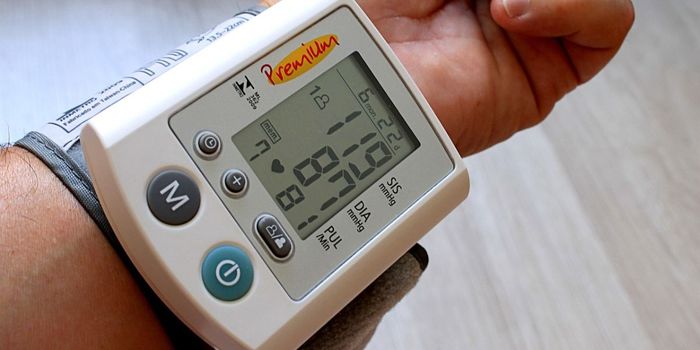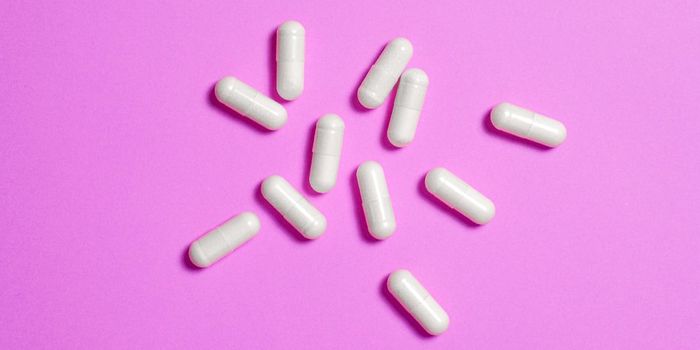Millions of Americans suffer from heart failure, a debilitating condition that develops when the heart loses its ability to properly pump blood, oxygen, and nutrients to the body tissues. An innovative therapy is currently being studied at John Hopkins University to reverse the effect of heart failure, and their most recent results were published in
Science Translational Medicine.
The therapy, called “Pacemaker Induced Transient Asynchrony” (PITA), uniquely shocks the heart into an asynchronous rhythm and back to a synchronous rhythm in order to delay heart failure progression.
Successful clinical experiments in dogs were conducted by John Hopkins scientists to test PITA’s ability to “reverse cellular damage to the heart’s response to hormones and fix the damage to the motor proteins in the heart that generate force.”
Researchers induced heart failure in 23 animal subjects; 10 received PITA therapy and 13 did not. These 13 subjects served as heart failure controls. In addition, eight subjects were controls not induced with heart failure.
After four weeks of PITA treatment, the researchers observed “reduced progressive enlargement of the heart” in the group of 10 subjects in comparison to the group of 13 who did not receive PITA. In addition, the group receiving PITA treatment showed enhanced response to adrenaline hormones by 38 percent. Other improvements include reversal of motor protein structural damage and dysfunction and muscle force stability.
"We're very excited about prospects for this therapy because if further research confirms its effectiveness and safety, it's relatively easy to implement,” said John Hopkins University School of Medicine David Kass, MD. “The pacemaker hardware already exists, and with some software upgrades, we may have a treatment that would benefit many, many people.”
It seems counterintuitive to treat a patient with heart failure with asynchronous electrical shocks, but Kass describes the treatment’s effectivity to immunization. With the right amount of asynchrony, the heart can be tuned back to normal synchrony just like exposing the immune system to parts of a pathogen can prepare it for future infections.
Further studies will help scientists determine the suitability of this experimental treatment for clinical use in heart failure patients, a condition that 5.7 million Americans currently live with (
American Heart Association). So far, there have been no adverse side effects observed with PITA.
Watch the following video to learn more about how a pacemaker controls the heartbeat:
Source:
John Hopkins University









